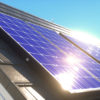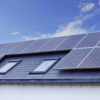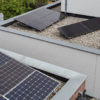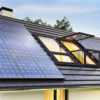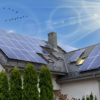A big concern among first time buyers is how durable a particular photovoltaic (PV) solar system is. Unlike coal or natural gas, solar power systems don’t have the luxury of being surrounded by industrial grade insulation and heavy machinery, after all.
For the most part, PV panels are exceedingly durable. They have to pass a myriad of certification to make it to the market. And, in Australia they are also subject to spot-checks.
Even so, homeowners can take steps to protect their investment from the vagaries of nature. For, what happens if solar panels have to put up with something they weren’t designed to endure?
Unfortunately, the residents of Queensland, New South Wales and Sydney found this out first hand during the freak hailstorm in early Nov, 2020. The storm rained golf-ball sized hails down which cracked many solar panels and even passed clean through roofs.
Kind of Damages Your Solar Power System is Likely to Endure
As climate change has become a persisting reality, homeowners need to take extra precautions to keep their solar panels safe from uncertain events. Here are three types of damages your solar power system is likely to face and what you can do against them.
Hail storms
While the photovoltaic cells themselves are fragile, they are encased in hardened glass. Also, impact resistance testing is standard practice in the solar industry.
The IEC 61215 standard, which certifies a solar power panel against weather conditions includes test procedures for hail as well. All Tier 1 panels in Australia pass said certification.
But, as in all things, the devil’s in the details. The test shoots ice balls 25-45mm in diameter at 11 places on a solar panel at velocities ranging from 82.8-100.5 kmph.
While such tests may certify solar panels against typical types of hail, the ones that bombarded Queensland in November 2020 were much larger.
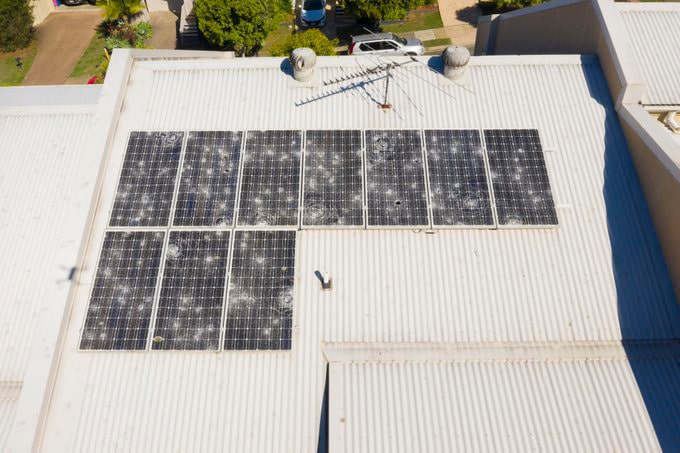
Since large hail even travelling at regular speeds will carry more kinetic energy, they possess greater potential for damage.
As a homeowner, make doubly sure your panels have the requisite certifications.
Cyclones
The primary load cyclones exert on solar panels comes in the form of high wind speeds. Cyclones are categorized as follows —
| Category | Sustained Wind Speeds |
|---|---|
One |
63-88km/h |
Two |
89–117 km/h |
Three |
118–157 km/h |
Four |
158–198 km/h |
Five |
>198 km/h |
So, how well your panel does here depends on the hurricane’s category and what wind speeds it’s certified against. Again, the IEC 61215 certification ensures panel against loads of upto 5,400 Pascals, or 330 km/h wind speeds. So, as long as a panel has been tested, they should be safe.
But, the panels themselves are installed on racks which either go on roofs or the ground. Homeowners must also consider the damage to a panel should the mounting system or the foundation fail. While you can always go for the strongest mounting possible, there’s no way to know whether it will hold when push comes to shove, literally.
For peace of mind, you can and should go for additional coverage on your home insurance here. Since solar panels are considered part of a property, they are usually covered in the policy. But, it’s best to consult with your insurance provider to determine whether additional coverage is required. Never act on the solar sales advice that you are automatically insured because every insurer is different, and you a best advised to check first.
Ash, smoke and dust
In 2020, Australia witnessed the worst incidence of wildfires in its history. The fires emitted 434 million tons of CO2 into the atmosphere which caused widespread loss of life and property.
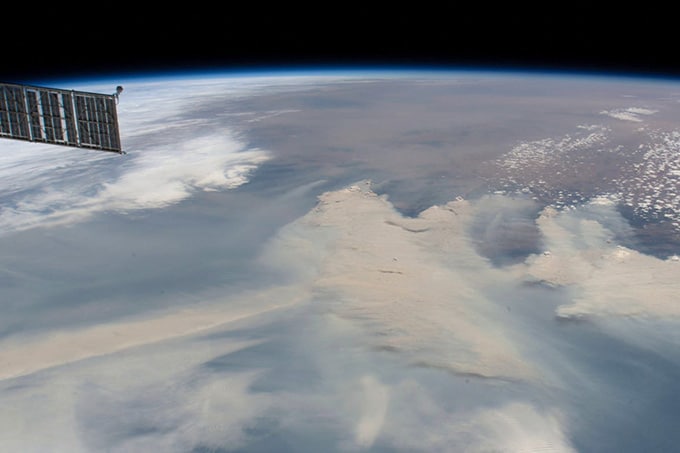
Firstly, you can expect a drop in power production during wildfires or sandstorms. The massive quantities of smoke, sand and particulate matter such events inject into the atmosphere block out the sun.
As the ash and/or dust begin to settle, they may cover your solar panels. There really is no option here but to wait it out. Once things have calmed down, spray your solar panels with a hose until the soot/muck is gone.
You can have a professional give your panels a wash down along with an inspection for want of thoroughness. Solar for most is a reasonable investment in terms of dollars, so like a car it pays you to have your system inspected every few years to ensure it is delivering on performance or if any aspect requires rectification or replacement and under warranty.
Conclusion
For the most part, homeowners have nothing to worry about. Solar panels come with guarantees and warranties that cover the usual problems nature likes to throw at us.
But, it’s still a good idea to stay on top of things. You will expect your panels to remain functional for as long as possible, after all. Even though PV systems can easily endure single events, they may wear down over time, adversely affecting their output.
Looking for the most weather-proof solar panels? You can use bidmysolar™ to compare different providers and find the best, most resilient panels on the market.

